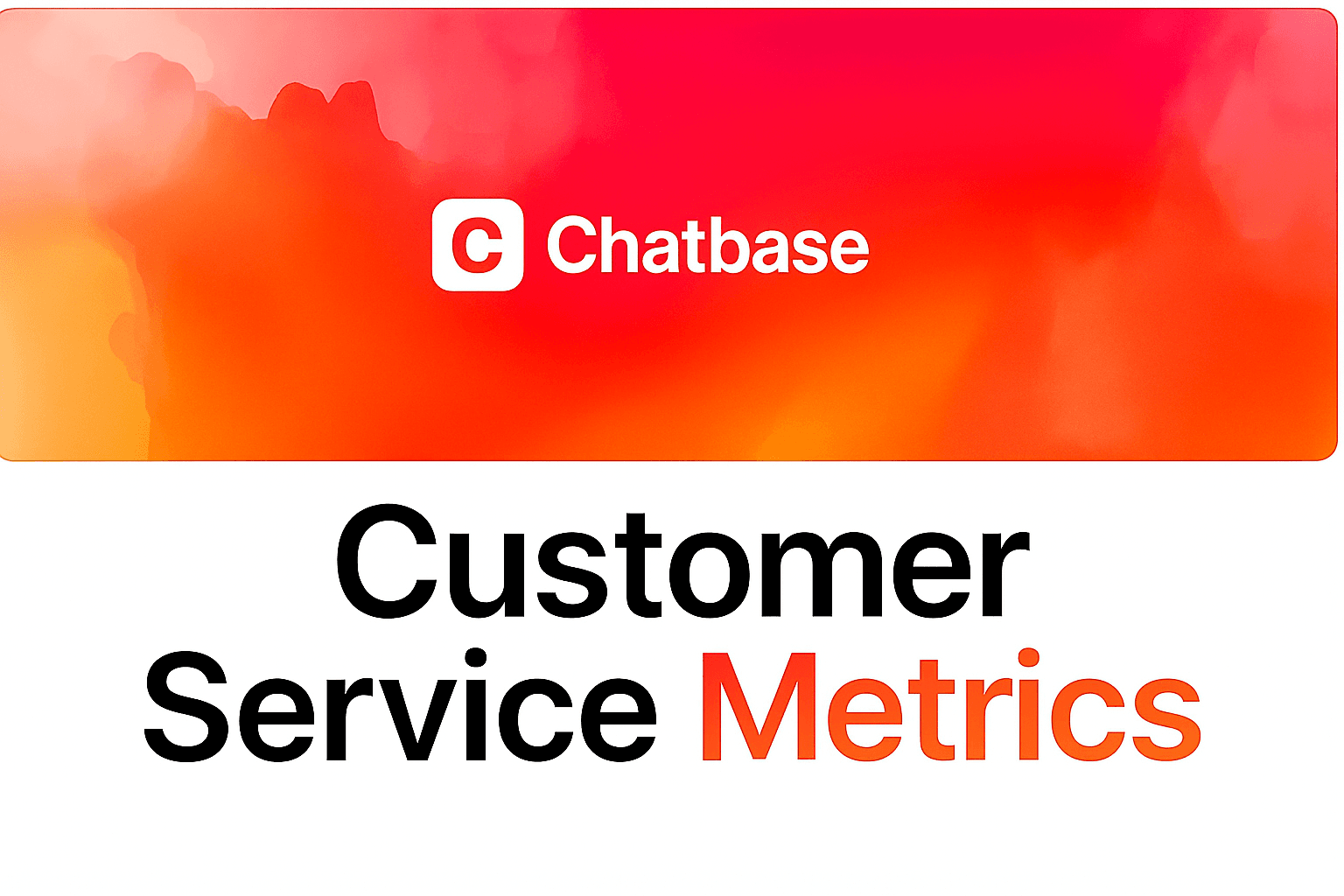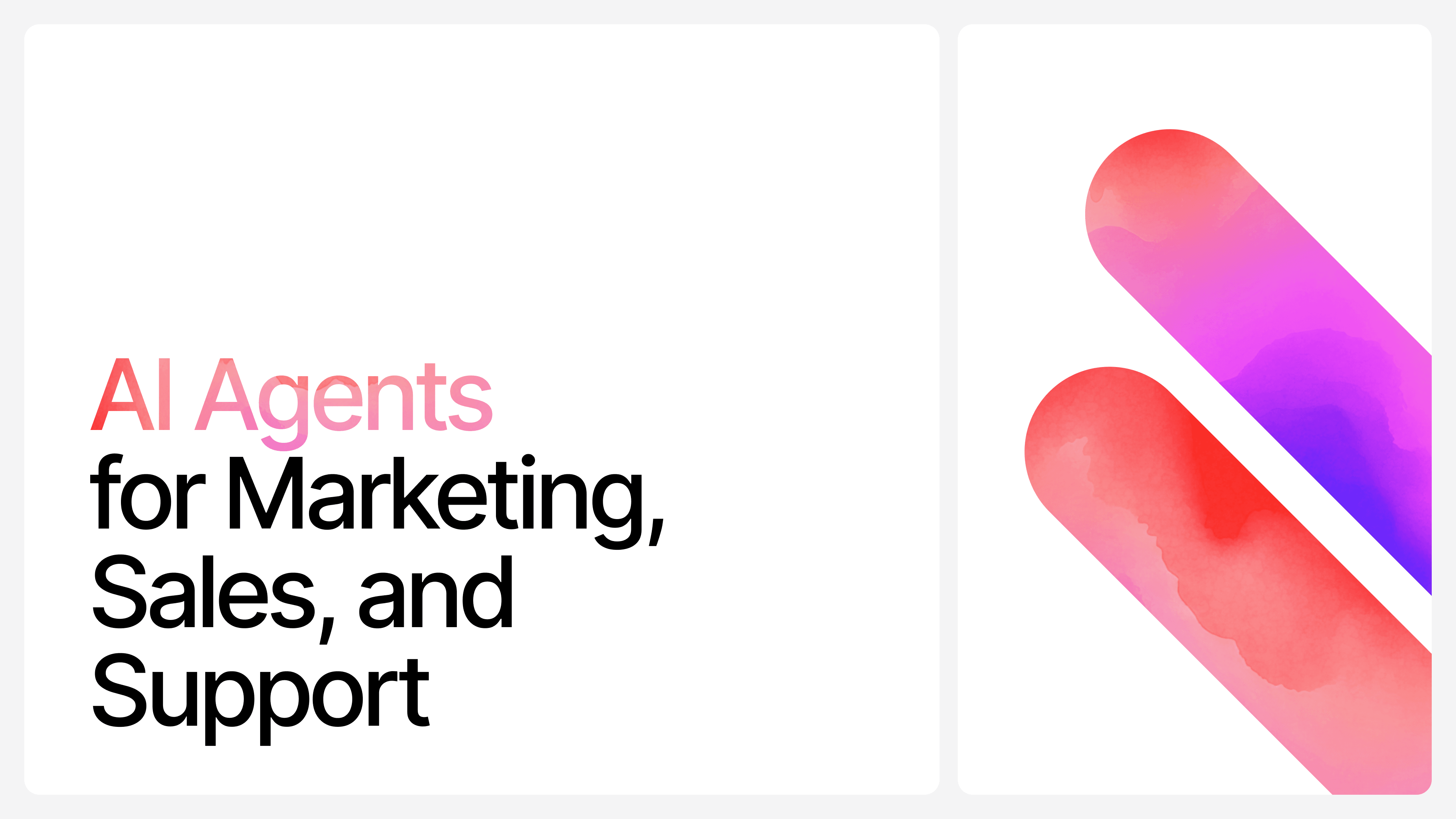Reranking Explained: Why It Matters for RAG Systems
Ilias Ism
Sep 29, 2024
10 min read

Retrieval Augmented Generation (RAG) has emerged as a powerful paradigm for enhancing large language models with external knowledge.
However, many developers find that out-of-the-box RAG doesn't always deliver the stellar results they expect.
The culprit is often suboptimal retrieval - even if relevant information exists in the knowledge base, the initial retrieval step may fail to surface the most pertinent documents.
This is where reranking comes in.
Reranking is a crucial technique that can dramatically boost the relevance and quality of retrieved results in RAG pipelines.
By applying more sophisticated relevance judgments to an initial set of candidate documents, reranking helps ensure that the most salient information makes it to the language model for generation.
In this comprehensive guide, we'll explore:
- What reranking is and why it's essential for advanced RAG systems
- How rerankers work to refine and improve initial search results
- The different types of reranking models available
- Best practices for implementing reranking in your RAG pipeline
- Real-world examples and performance benchmarks
Whether you're new to RAG or looking to optimize an existing system, mastering reranking will take your retrieval capabilities to the next level.
Let's dive in and explore how this game-changing technique can supercharge your AI applications.
How Reranking Works
![[object Object]](/_next/image?url=https%3A%2F%2Fcdn.sanity.io%2Fimages%2Fi6kpkyc7%2Fprod-dataset%2Fe9996fbcabe4a5c7a40fdce63c14205d19253f7c-1344x768.jpg&w=3840&q=75)
At its core, reranking introduces a two-stage retrieval process:
- Initial retrieval: A fast, scalable method (like embedding-based similarity search) retrieves an initial set of candidate documents.
- Reranking: A more sophisticated model reorders these candidates based on relevance to the query.
This two-stage approach allows us to balance efficiency and effectiveness.
The initial retrieval can quickly narrow down a large corpus to a manageable set of candidates.
The reranker then applies more compute-intensive relevance judgments to this smaller set.
Comparison to Initial Retrieval Methods
To understand why reranking is so powerful, let's compare it to typical initial retrieval methods:
Embedding-based retrieval:
- Pros: Fast, scalable to large document collections
- Cons: Limited semantic understanding, struggles with nuanced queries
Keyword-based retrieval (e.g. BM25):
- Pros: Interpretable, works well for explicit term matches
- Cons: Misses semantic relationships, sensitive to vocabulary mismatch
Reranking:
- Pros: Deep semantic understanding, can leverage cross-attention between query and document
- Cons: More computationally expensive, limited to reordering initial candidates
Rerankers shine in their ability to perform deep semantic matching between queries and documents.
Unlike embedding models that must compress all document information into a fixed-size vector, rerankers can attend to specific parts of both the query and document to make fine-grained relevance judgments.
Types of Rerankers
There are several categories of reranking models, each with their own strengths:
Cross-Encoders
Cross-encoders, like those based on BERT, process the query and document together through a transformer architecture.
This allows for powerful cross-attention between query and document terms.
Pros:
- Excellent semantic understanding
- Strong performance on benchmark datasets
Cons:
- Computationally expensive
- Can't precompute document representations
Example: The BGE Reranker achieves state-of-the-art performance on many retrieval benchmarks.
Multi-Vector Models
Multi-vector models, like ColBERT, represent documents as sets of contextualized token embeddings rather than single vectors.
Pros:
- Balances efficiency and effectiveness
- Allows for some precomputation of document representations
Cons:
- More complex implementation than single-vector models
- Still requires some online computation
Example: ColBERT demonstrates strong performance while maintaining sub-second latency on large document collections.
LLM-Based Rerankers
Large language models can be prompted to perform reranking tasks, either through few-shot learning or fine-tuning.
Pros:
- Leverage powerful language understanding of LLMs
- Flexible - can adapt to new domains with prompt engineering
Cons:
- Very computationally expensive
- May require significant prompt engineering
Example: RankGPT shows how GPT-4 can be used as a zero-shot reranker.
API-Based Solutions
Several companies offer reranking as a service through API endpoints.
Pros:
- Easy integration
- Benefit from ongoing model improvements
Cons:
- Less control over model behavior
- Potential data privacy concerns
Example: Cohere's rerank API provides an easy-to-use solution for adding reranking to existing pipelines.
Implementing Reranking in RAG
Now that we understand the landscape of reranking models, let's explore how to effectively implement reranking in a RAG pipeline:
1. Choose the Right Reranker
Consider these factors when selecting a reranker:
- Performance vs. Efficiency tradeoff: Cross-encoders offer top performance but at higher computational cost. Multi-vector models may provide a good middle ground.
- Domain specificity: Some rerankers are fine-tuned for specific domains (e.g. scientific literature). Choose one that aligns with your use case.
- Ease of integration: API-based solutions offer the fastest path to implementation, while open-source models provide more flexibility.
2. Integrate with Existing Retrieval
Most RAG frameworks support adding a reranking step. Here's a simplified example using LangChain:
retriever.py
1from langchain.retrievers import ContextualCompressionRetriever2from langchain.retrievers.document_compressors import CohereRerank34# Assume 'base_retriever' is your existing retriever5reranker = CohereRerank(top_n=5)6retriever = ContextualCompressionRetriever(7 base_compressor=reranker,8 base_retriever=base_retriever9)1011# Use 'retriever' in your RAG chain
3. Optimize for Latency and Relevance
Tuning your reranking setup involves balancing several factors:
- Number of initial candidates: Retrieving more initial candidates increases the chance of finding relevant documents, but increases reranking time.
- Reranking depth: How many documents should the reranker consider? More documents means better results but higher latency.
- Caching: For common queries, consider caching reranked results to improve response times.
4. Handle Long Documents
Many rerankers have input length limitations. For long documents:
- Split documents into smaller chunks before initial retrieval.
- Rerank at the chunk level.
- Optionally, aggregate scores across chunks from the same document.
Evaluating Reranker Performance
Properly evaluating your reranking implementation is crucial. Here are key approaches:
Offline Evaluation
Use standard information retrieval metrics on labeled test sets:
- Mean Reciprocal Rank (MRR): Measures where the first relevant document appears in the ranking.
- Normalized Discounted Cumulative Gain (NDCG): Evaluates the ranking quality, taking into account relevance grades.
- Recall@K: The proportion of relevant documents in the top K results.
Online A/B Testing
Ultimately, the true test is how reranking impacts your end-to-end RAG system:
- Response quality: Use human evaluation or automated metrics to assess the quality of generated responses.
- User engagement: Track metrics like click-through rates or time spent on results.
- Task completion: For goal-oriented applications, measure if users are more successful in completing their intended tasks.
Error Analysis
Dig deeper into cases where reranking fails to surface relevant documents:
- Examine queries where performance degrades after reranking.
- Analyze patterns in document types or content that are consistently misranked.
- Consider fine-tuning your reranker on domain-specific data if needed.
Real-World Applications
Reranking isn't just theoretical - it's making a significant impact across various domains:
Enterprise Search Enhancement
Many companies are using reranking to improve their internal search capabilities:
- Challenge: Employees struggle to find relevant documents across siloed knowledge bases.
- Solution: Implement a two-stage retrieval system with reranking.
- Result: 40% improvement in mean reciprocal rank, leading to faster information discovery.
Improving Chatbot Knowledge Retrieval
Reranking can dramatically enhance the ability of chatbots to leverage large knowledge bases:
- Challenge: Generic chatbot responses due to irrelevant knowledge retrieval.
- Solution: Add a ColBERT reranking step to the retrieval pipeline.
- Result: 25% reduction in off-topic responses, improved user satisfaction.
Academic Research Discovery
Reranking is helping researchers navigate the ever-growing corpus of scientific literature:
- Challenge: Finding relevant papers among millions of publications.
- Solution: Implement a domain-specific reranker trained on scientific abstracts.
- Result: 35% improvement in nDCG@10 for academic search queries.
Best Practices and Tips
To get the most out of reranking in your RAG system, keep these best practices in mind:
1. Tune Reranker Parameters
- Experiment with different thresholds for reranking scores.
- Adjust the number of documents passed to and returned by the reranker.
- Consider ensemble approaches combining multiple reranking models.
2. Preprocess Effectively
- Clean and normalize text consistently across queries and documents.
- For domain-specific applications, apply entity recognition or other relevant NLP techniques.
3. Monitor and Retrain
- Set up logging to track reranker performance over time.
- Periodically retrain or fine-tune your reranker on recent data to prevent concept drift.
4. Address Potential Biases
- Be aware that rerankers can potentially amplify biases present in training data.
- Regularly audit your system for fairness across different query types and document categories.
Future Trends in Reranking
The field of reranking is rapidly evolving. Keep an eye on these emerging trends:
Multimodal Reranking
As RAG systems expand to incorporate images, video, and audio, rerankers will need to evolve:
- Cross-modal attention: Allowing rerankers to consider relationships between text queries and visual content.
- Unified representations: Developing models that can seamlessly rerank across different modalities.
Few-Shot and Zero-Shot Techniques
Reducing the need for task-specific training data:
- In-context learning: Using LLMs to perform reranking based on a few examples provided in the prompt.
- Instruction tuning: Creating more general rerankers that can adapt to new domains through natural language instructions.
Hardware Acceleration
Making reranking more efficient through specialized hardware:
- Quantization: Reducing model precision to increase speed without significantly impacting quality.
- Sparse attention mechanisms: Allowing for faster processing of long documents.
Conclusion
Reranking has emerged as a crucial technique for elevating RAG systems from good to great.
By introducing a sophisticated relevance judgment step, reranking helps ensure that language models receive the most pertinent information for generation tasks.
Key takeaways:
- Reranking provides deeper semantic understanding compared to initial retrieval methods.
- Various reranking approaches offer different tradeoffs between performance and efficiency.
- Proper implementation and evaluation are crucial for realizing the full benefits of reranking.
- Real-world applications demonstrate significant improvements in search quality and user satisfaction.
As RAG continues to evolve, mastering reranking techniques will be essential for building truly intelligent and responsive AI systems.
Whether you're enhancing enterprise search, powering next-generation chatbots, or tackling novel information retrieval challenges, incorporating reranking into your pipeline with a RAG service provider can provide a substantial competitive edge.
The future of reranking is bright, with multimodal capabilities, few-shot learning, and hardware acceleration promising even more powerful and efficient solutions.
By staying informed about these developments and following best practices, you'll be well-positioned to leverage reranking for maximum impact in your AI applications
Share this article:







